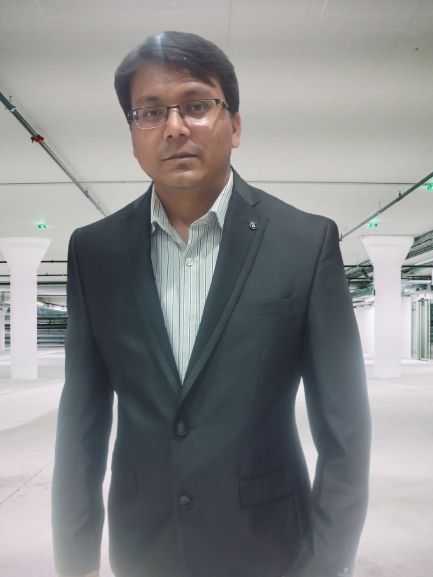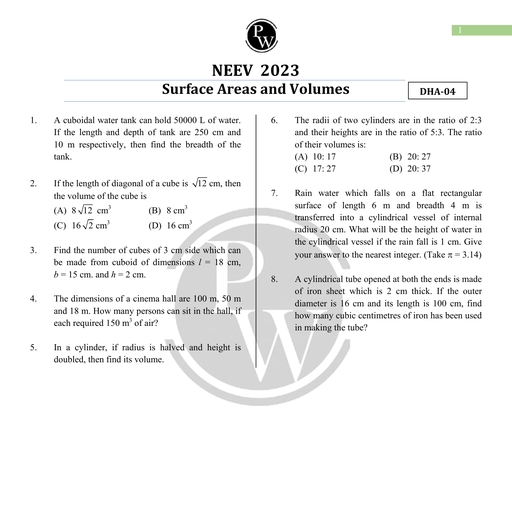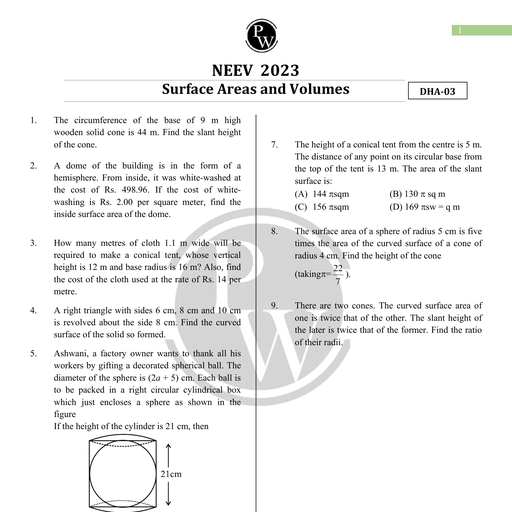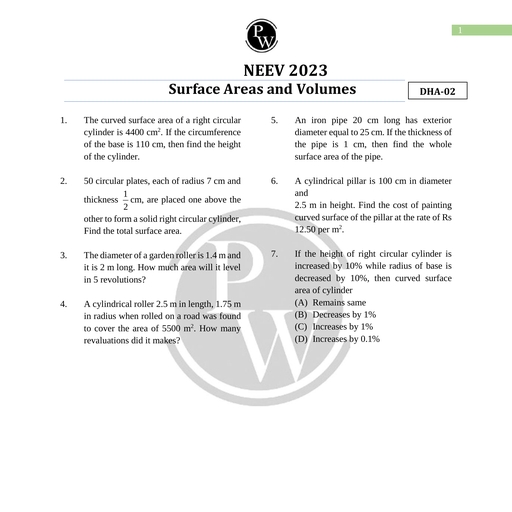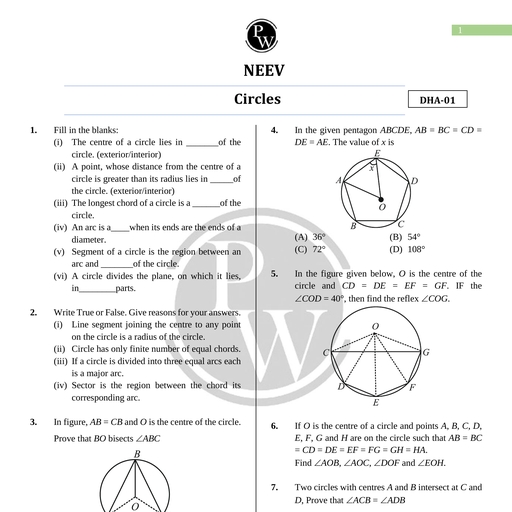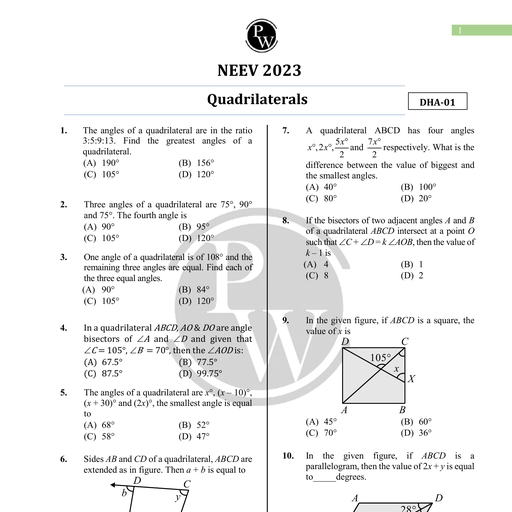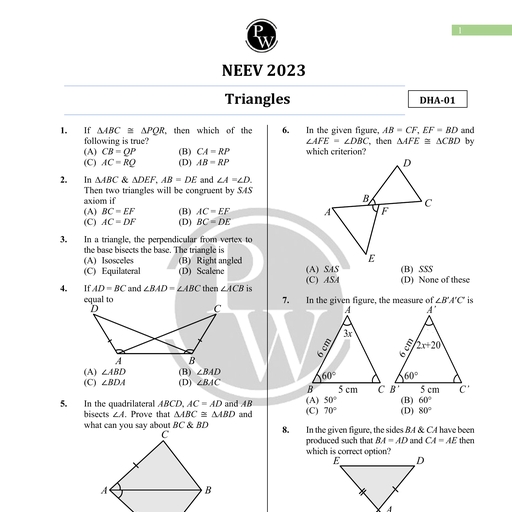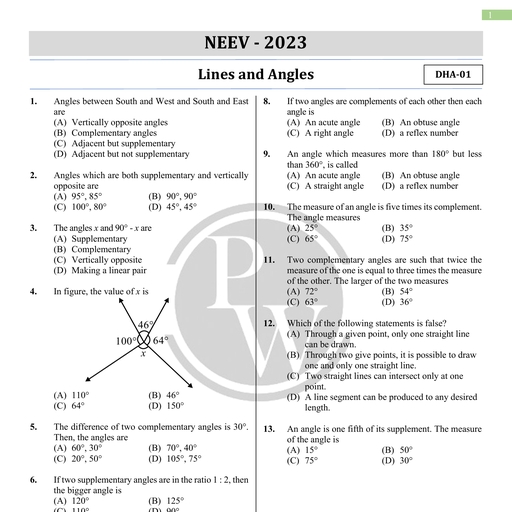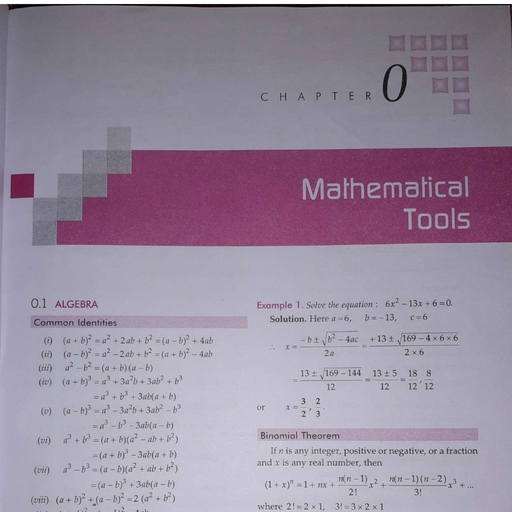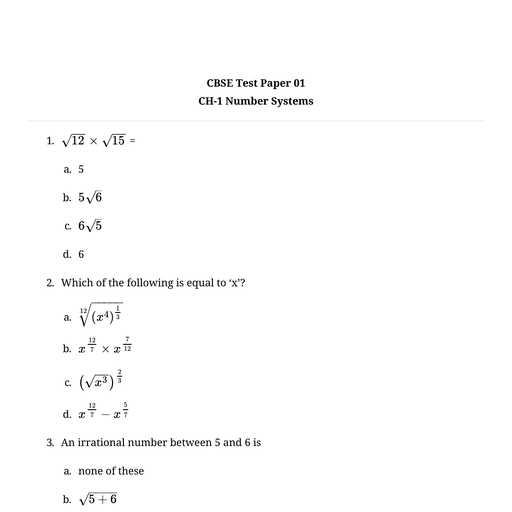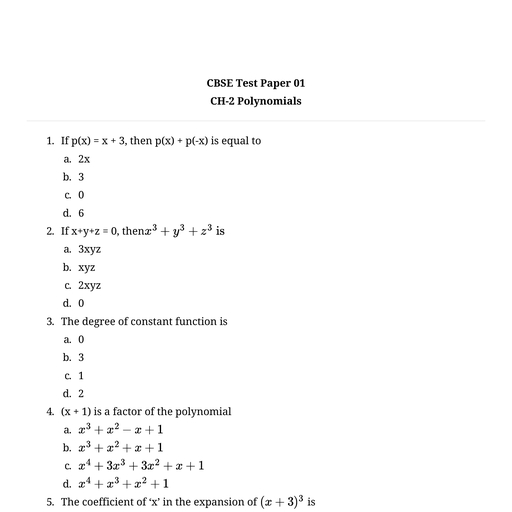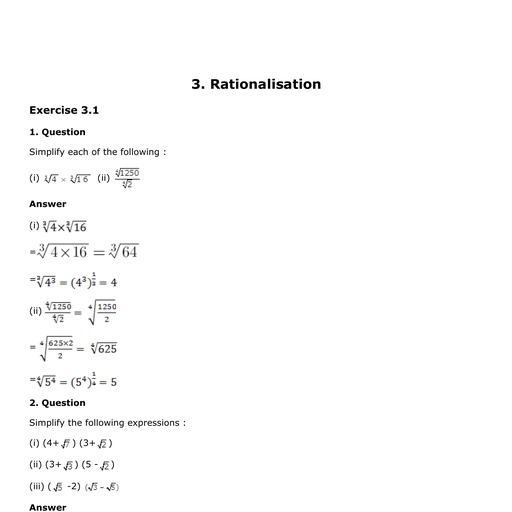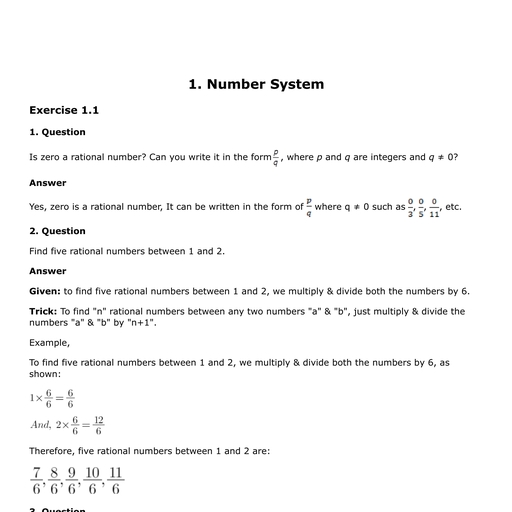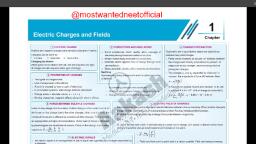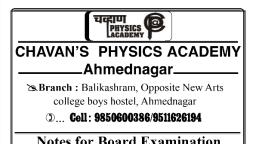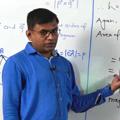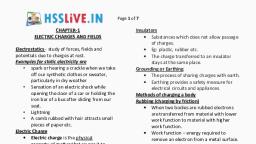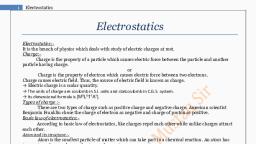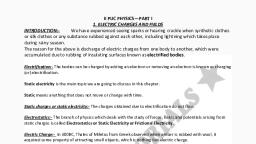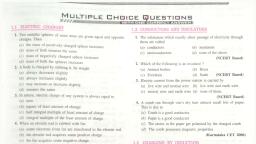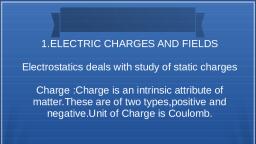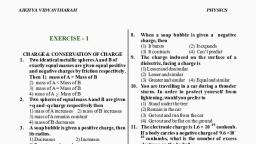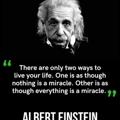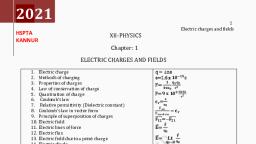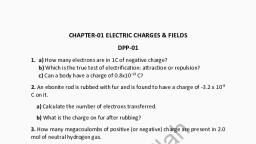Page 1 :
Chapter 1, , Electric Charges and Fields, , Introduction Introduction, , e Electric Charges In this chapter, we essentially deal with static electricity. Static means, anything that does not move or change with time. The study of static, charges is called electrostatics. First we get introduced to two types of, e Charging by Induction charges and frictional electricity. Then while dealing with various, , properties of charges we discuss method of charging by induction., © ie PVO8 aia Then the most vital law of electrostatics i.e., Coulomb's law is discussed., , Conductors and Insulators, , Charge An independent discussion on the superposition principle along with, @ Coulomb's Law the Coulomb's law makes the laws and methodology of handling, oi is iia problems complete., , Charges But to appreciate the power of Coulomb's law and superposition, , principle we enlarge our discussions through the concept of electric, field which is geometrical way of perceiving the properties of electric, e Electric Field Lines charge. An electrostatic arrangement called electric dipole is discussed, e Electric Flux because subsequently we will deal with atoms and its influences. To, deal with symmetric charge configurations quickly, an additional, , e Electric Field, , e Electric Dipole discussion on Gauss's law through its various applications is done to, °D in a Uniform Ext conclude this chapter., Field, , ec Ch Distrtt ELECTRIC CHARGES, There are two types of electric charge. American scientist Benjamin Franklin, e Gauss's Law named them ‘positive’ and ‘negative’. When a glass rod is rubbed on silk,, si then due to friction, some electrons get transferred from the rod to the silk, © Appliontions of Gauss’ Laan and hence by convention the glass rod acquires positive charge and the silk, , Some Important Definitions acquires negative charge. When plastic rod is rubbed on wool, then some, electrons get transferred from the wool to the plastic rod. Hence, the plastic, , , , © Formulae Chart rod becomes negatively charged and the wool becomes positively charged., © Quick Recap In such frictional electricity cases, generally electrons participate in transfer, processes., , Generally, like charges repel and unlike charges attract each other. The, property which differentiates the two kinds of charges is called the ‘polarity’, of charge. If an object possesses an electric charge, it is said to be, electrified or charged. When its net charge is zero it is said to be neutral., , Aakash Educational Services Pvt. Ltd. - Regd. Office : Aakash Tower, 8, Pusa Road, New Delhi-110005 Ph. 011-47623456
Page 2 :
2 = ‘Electric Charges and Fields Board & Competitive Exams., , Example 1: A body X has +2 coulomb of charge and body Y has —2 coulomb of charge. Can we say that X, , Solution :, , , , All matter is made up of atoms and/or molecules. Although generally the, materials are electrically neutral, they do contain charges; but their net charge, is zero., , When we say that a body is charged, we essentially refer to this excess, or deficit of electron. In solids, electrons which are loosely bound in the, atom, are transferred from one body to the other. Hence, a body can be, charged positively by losing some of its electrons. Also, a body can be, negatively charged by gaining electrons. New charge is not created in the, process of rubbing. The number of electrons, transferred, is a very small, fraction of the total number of electrons in the material body. Also only the, , , , has more charge as compared to Y?, , Bodies X and Y have same amount of charge. Positive and negative signs denote just the, opposite nature of charges., , Try Yourself =, , 1. If a body has positive charge on it, then does that mean it has gained some protons or lost, some electrons?, , , , , , , , Fig. : Gold Leaf Electroscope, , loosely bound electrons in a material body can be transferred from it to, another by rubbing., , A simple apparatus to detect charge on a body is the ‘gold-leaf electroscope’. It consists of a vertical metal, rod closed in a bottle, with two thin gold leaves attached to its bottom end. When a charged body touches, the metal knob at the top of the rod, charge flows on to the leaves and they diverge. The degree of divergance, is an indicator of the amount of charge., , , , , , Unification of Electricity and Magnetism :, , In the beginning, electricity and magnetism were treated as separate subjects. Electricity was, dealing with frictional electricity on glass rod, silk, plastic rod, wool, lightning while magnetism was, dealing with magnets, compass needle etc. In 1820 Danish scientist Oersted found that a compass, needie is deflected by passing an electric current through a wire placed near the needie. Ampere, and Faraday supported this observation by saying that electric charges in motion produce magnetic, fields and moving magnets generate electricity. Finally Scottish physicist Maxwell and the Dutch, Physicist Lorentz unified electricity and magnetism and today the field is called ‘electromagnetism’., The science of electricity and magnetism is the foundation for the modern technological civilization., Electromagnetic force is one of the fundamental forces of nature. Friction, chemical force holding, atoms, forces describing processes occurring in cells of living organisms are electromagnetic in, nature., , , , Aakash Educational Services Pvt. Ltd. - Regd. Office : Aakash Tower, 8, Pusa Road, New Dethi-110005 Ph. 011-47623456
Page 3 :
Board & Competitive Exams. Electric Charges and Fields 3, , , , Example 2: Why the tyres of an aircraft or high speed road vehicles made slightly conducting?, , Solution : Due to rubbing of body of vehicle with air or rubbing of tyres on the roads, friction makes them, charged. Conduction of these charges through the vehicle body may produce heat and, subsequently the fuel tank of the vehicle may catch fire. Conducting tyres keep returning charges, to the ground and hence, fire hazards are avoided., , , , Try Yourself, , 2. What will happen to the leaves of an electroscope if a positively charged body is brought near, (a) An uncharged electroscope?, (&) A positively charged electroscope?, (c) A negatively charged electroscope?, , 3. When a negatively charged rod is brought near the cap of a gold leaf electroscope whose case, is earthed, then, , (1) Leaves will have induced positive charge, , (2) Positive charge is induced on one leaf and negative on the other, (3) No charge is induced on the leaves, , (4) The leaf has an induced negative charge, , , , , , , , CONDUCTORS AND INSULATORS, , Some substances easily allow passage of electricity through them while others do not. Substances which, allow electricity to pass through them easily are called ‘conductors’. They have electrons that are free to, move inside the material. Metals, human and animal bodies, earth etc. are example of conductors. Non-metals, e.g., glass, plastic, wood are ‘insulators’ because they do not easily allow passage of electricity through, them. Most substances are either conductors or insulators. There is a third category called ‘semiconductors’, which are intermediate between conductors and insulators because they partially allow movement of charges, through them., , When some charge is transferred to a conductor, it quickly gets distributed over the entire surface of the, conductor. But if some charge is put on an insulator, it stays at the same place. When we bring a charged, body in contact with the earth, all the excess charge on the body disappears by causing a momentary, current to pass to the ground through the connecting conductor such as our body. This process of sharing, the charges with the earth is called ‘grounding’ or ‘earthing’. Earthing is a necessary safety measure for, electrical circuits and appliances. In this process, a thick metal plate is buried deep into the earth and thick, wires are connected to this plate and finally these wires are connected to our household wiring. Household, wiring has three wires : live, neutral and earth. The first two carry electric current from the power station, and the third is earthed by connecting it to the buried metal plate. Metallic bodies of the electric appliances, such as electric iron, refrigerator, coolers, TV, air-conditoner etc. are connected to the earth wire. When due, to some fault, if the live wire touches the metallic body, the high amount of accumulated charge on the, metallic body flows back to the earth without damaging the appliance or without giving us electric shock., , , , CHARGING BY INDUCTION, , Now as we know that two oppositely charged bodies attract each other. But it also has been our observation, that a charged body attracts a neutral body as well. This is explained on the basis of charging by induction., In induction process two bodies (at least one body must be charged) are brought very close, but they never, touch each other., , Aakash Educational Services Pvt. Ltd. - Regd. Office : Aakash Tower, 8, Pusa Road, New Delhi-110005 Ph. 011-47623456
Page 4 :
4 Electric Charges and Fields Board & Competitive Exams., , , , Let us examine how a charged body attracts an uncharged body. Imagine a conducting or partially conducting, body (sphere here) is kept on an insulating stand and a charged rod (positive, for example) is brought very, close to it. It will attract electrons to its side and the farther end of the sphere will become positively charged, as it is deficient of electrons., , Equal and opposite, induced charges, , , , Y <— Insulating stand, , However the total sum of charges in the induction charged sphere is still zero. Induction can take place only, in finite sized bodies and never in point objects. The induced charge near to the charged inducing body is always, opposite in nature. The amount of charge of the inducing body is not affected by the process of induction., , There is always a force of attraction between the inducing (charged) body and induced (neutral) body, because, the induced opposite charge is closer to the inducing body. Let the inducing charge be Q and the induced, charges be —q and +q, as shown below. You can see +Q and —q are closer than +Q and +q, hence,, attraction will be more between +Q and —q compared to repulsion between +Q and +q., , , , Example 3: When a comb is run in dry hair, it starts attracting small pieces of paper, which after touching, the comb, often jump violently away from it. Why?, , Solution : When comb is run in dry hair, it gets charged due to friction. Now when it is brought close to, the piece of paper it will attract because there is a force of attraction between a charged and a, neutral body. Now after the paper is touching the comb, the charge of comb is shared by the, Paper hence the comb as well as the paper have similar charge now. Since similar charges repel,, so the piece of paper gets repelled now in the form of violent jump., , , , , , , , =, Example 4: Induced charge q can never be greater than inducing charge Q. Why?, , Solution : When a charged rod (inducing body) is held near one end of an insulated uncharged metal sphere, (induced body), the electrons are drawn to one end, but the flow of electron ceases after some, time (though there is an almost inexhaustible supply of electrons in the metal sphere) because, , induced electrons repel movement of fresh electrons getting induced., , , , Aakash Educational Services Pvt. Ltd. - Regd. Office : Aakash Tower, 8, Pusa Road, New Delhi-110005 Ph. 011-47623456
Page 5 :
Board & Competitive Exams. Electric Charges and Fields 5, , , , 4. Five balls marked a to e are suspended using separate threads. Pairs (b, c) and (d, e) show, electrostatic repulsion while pairs (a, b), (c, e) and (a, e) show electrostatic attraction. What, is nature of charge of ball a?, , 5. What is the sure check of presence of charges - repulsion or attraction?, , 6. How will you give equal and opposite charge to two identical metal spheres on insulated, stands? You can use a charged rod but touching of rod to spheres is not allowed., , 7. How can you charge a metal sphere positively without touching it?, , , , , , BASIC PROPERTIES OF ELECTRIC CHARGE, , If the sizes of charged bodies are very small as compared to the distance between them, we treat them as ‘point, charges’. In addition to being positive or negative, the charges have following remarkable properties., , 1., , Additivity of Charges, , If a system contains two point charges q, and q,, then the total charge of the system is obtained simply by, adding algebraically q, and q,, i.e., charges add up like real numbers or they are scalars like the mass of, a body. Charge has magnitude but no direction, similar to the mass. However there is one difference, between mass and charge. Mass of a body is always positive whereas a charge can be either positive or, negative. Proper signs have to be used while adding the charges in a system., , , , Example 5: What is the total charge of a system containing five charges +1, +2, —3, +4 and —5 in some, , arbitrary unit?, , Solution : Total charge is +1 + 2—3 + 4 — 5 = —1 in the same unit., , , , 8. An electric dipole is an arrangement of two equal and opposite charges. What is the net charge, on an electric dipole?, , , , , , 2. Charge is Conserved, , The total charge of the isolated system is always conserved. It is not possible to create or destroy net, charge carried by any isolated system., , Quantization of charge, , All experiments so far have shown that all free charges are integral multiples of a basic unit of charge, denoted by e. Thus charge Q on a body is always expressed by Q = ne, where nis any integer, positive or, negative., , This basic unit of charge is the charge that an electron or proton carries. By convention, the charge on an, electron is taken to be negative, therefore charge on an electron is written as —e and that on a proton as +e., The fact that electric charge is always an integral multiple of e is termed as ‘quantization of charge’. The, quantization of charge was first suggested by the experimental laws of electrolysis discovered by Michael, Faraday. It was experimentally demonstrated by Millikan in 1912. In the international system (SI) of units,, a unit of charge is called a ‘coulomb’ and is denoted by the symbol C., , Aakash Educational Services Pvt. Ltd. - Regd. Office : Aakash Tower, 8, Pusa Road, New Delhi-110005 Ph. 011-47623456
